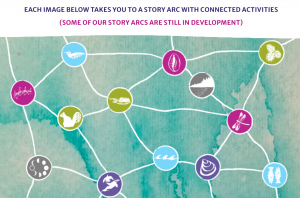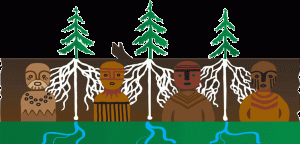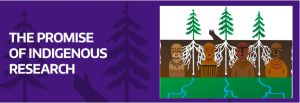Science, Technology, Engineering, Art, and Mathematics resources for families, teachers, and communities.
The ISTEAM collaborative is supporting Indigenous resurgence through (re)making relations with lands, waters, and each other towards just, sustainable, and culturally thriving futures.
“The Indigenous STEAM Collaborative is a group of researchers and educators that engages in cognitive and community co-design research to advance general knowledge, develop pedagogical approaches for engaging youth in land and water-based learning, and provide learning materials to Indigenous families.”
I found this resource interesting, engaging, and very accessible. Heading include tools and resources, learning opportunities, and most excitingly under ‘Learning Activities’ you can find discussions on Indigenous science, Indigenous pedagogy, Indigenous observing, the relationships with other environmental aspects, and includes detailed activities for various arcs (birds, mammals, technology, water, fish, plants, etc) and connects it to stories. (*click on the image below to access an interactive map to lead to activities and downloadable pdfs*).
This program was “designed to create the conditions under which resurgence of Indigenous knowledge systems thrive.” I think this resource will be a useful tool for educators and for my research project, as I can combine my knowledge as an educator and learn new activities to see Indigenous Traditional Ecological Knowlege in action – with tangible lessons.
References
ISTEAM Collaborative, (2020). Indigenous Steam. National Science Foundation. https://indigenoussteam.org/



